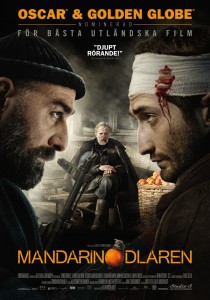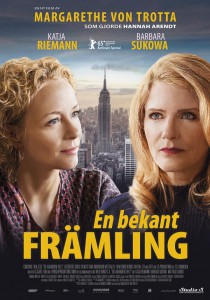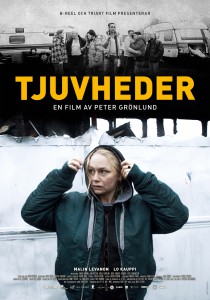Krig är dumt. Krig är poänglöst. Det finns för många krig. 1992 utropade Abchazien sig självständigt från Georgien, och ett inbördeskrig inleddes där de abchaziska trupperna bland annat fick stöd av stridsvana tjetjenska legosoldater. I området fanns också sedan länge en lite estnisk folkgrupp. De flesta ester flyttade i konfliktens början till Estland men några få stannade kvar. Mandarinodlaren, av Zaza Urushadze, handlar om två av dem.
Ivo och Margus är de enda som bor kvar i den lilla byn nära Svarta Havet. Margus vill se till att den fina mandarinskörden kommer till rätta innan han flyttar bort, och Ivo vill inte lämna trakten som han älskar. Det är en vacker del av världen. En dag smäller det till utanför huset – det är två små grupper från varsin sida av konflikten som drabbat samman. En soldat från vardera sidan överlever men är skadade. Ivo plockar hem dem, plåstrar om dem, och lägger dem i varsitt sovrum. När de kvicknar till ser Ivo till att husfriden bevaras genom att tvinga dem att hålla sams. Och hela tiden pågår kriget någonstans där utanför.
Det är mycket samtal, och mycket hushållssysslor, som skildras i filmen som är lågmäld men ändå tar tydlig ställning. Man kan därför tro att det skulle bli tråkigt, men det blir det inte. Samtalen utvecklas efter hand och man kommer som åskådare allt närmare de fyra männen som sitter runt köksbordet.
Det är sällan som ett krigs meningslöshet varit så tydlig i en film som den är i mandarinodlaren. Med små medel och utmärkta skådespelare kan man göra en riktigt bra film.
Filmen sågs på Arctic Light Filmfestival, Kiruna.





